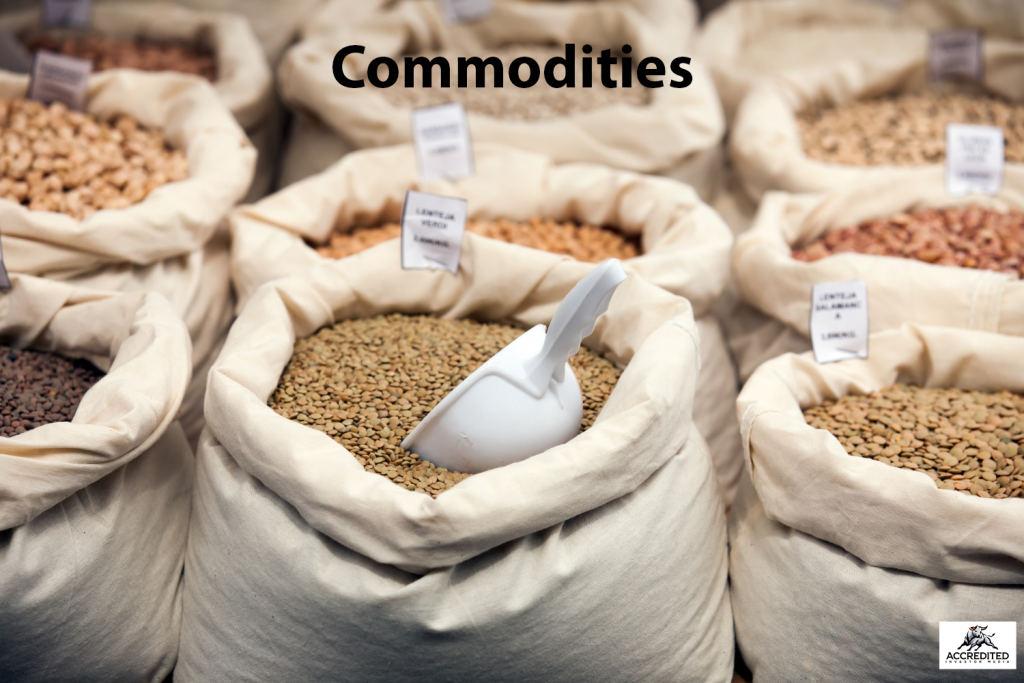
Accredited Risk Taker Investors Exploring High-Risk Investments:
Accredited investors often pursue high-risk, high-reward opportunities, gravitating toward sophisticated instruments like derivatives and commodities. These markets offer leverage, liquidity, and hedging potential, appealing to seasoned investors seeking diversification and amplified returns. However, such ventures demand deep market knowledge, risk management skills, and strategic insight. This article explores why accredited investors are drawn to these asset classes, examining their features, potential advantages, and inherent risks-ultimately offering guidance on how to harness these complex investments effectively and profitably.
High-risk investments offer accredited investors the potential for substantial returns, but require a deep understanding of risk exposure and market volatility. These investments often include complex instruments like derivatives and commodities, which can experience significant price swings. Accredited investors must evaluate the risk-reward tradeoff, assess personal risk tolerance, and understand investment profiles. Derivatives, such as options and futures, and commodities like oil or gold, carry inherent risks influenced by leverage, market speculation, global events, and supply-demand imbalances.
High-risk investments hold strong appeal for accredited investors due to their potential for outsized returns, portfolio diversification, and access to sophisticated financial instruments. These investors often exhibit a higher risk tolerance, influenced by both psychological drivers-such as confidence in financial acumen-and strategic objectives like capital growth and inflation hedging. High-risk investments, including derivatives, enable exposure to advanced strategies such as leveraging market volatility or betting on price movements. Derivatives-options, futures, swaps-offer versatility in hedging, speculation, and portfolio optimization. Their potential for magnified gains through leverage makes them attractive, though they carry risks like counterparty defaults and liquidity constraints. Investors often deploy strategies like options spreads or futures contracts to speculate or mitigate downside exposure. When executed with expertise, these instruments provide powerful tools for navigating complex markets, enhancing returns, and managing risk, making them a critical component in the diversified portfolios of experienced, risk-tolerant accredited investors seeking dynamic financial growth.
Navigating high-risk investments in commodities requires a solid grasp of risk management strategies, hedging techniques, and derivative pricing models. Commodities trading-covering metals, energy, and agriculture-presents unique risks and rewards driven by global supply-demand dynamics, geopolitical factors, and economic indicators. Investors benefit from diversification, inflation protection, and exposure to global trends but must account for high volatility and liquidity concerns. Effective strategies include direct investment in physical commodities, trading commodity futures, and leveraging ETFs or managed portfolios. Robust risk assessment and due diligence are critical-this means analyzing historical data, evaluating derivative structures, and understanding market behaviors. Assessing counterparty credibility and broker reliability helps mitigate counterparty risk. Portfolio construction should emphasize balance, aligning commodity exposure with broader investment goals while employing derivatives for strategic hedging. A disciplined, research-driven approach ensures investors are equipped to manage the complexities of commodity markets while maximizing potential returns and minimizing unforeseen losses in volatile environments.
Accredited investors can enhance performance by employing diversification strategies across asset classes, sectors, and investment vehicles while setting clear risk management parameters, including stop-loss orders and drawdown limits. Ongoing portfolio evaluation and rebalancing ensure alignment with market shifts and investment goals. High-risk assets-such as derivatives, commodities, and private placements-offer substantial return potential. With their sophisticated understanding, risk tolerance, and access to exclusive opportunities, accredited investors are uniquely positioned to exploit these volatile instruments. Informed decision-making and disciplined execution are key to navigating and capitalizing on complex, high-reward investment landscapes effectively.
Derivatives empower accredited investors to capitalize on market volatility through amplified returns and strategic risk mitigation. Whether utilizing options, futures, or swaps, these instruments support both speculative opportunities and effective hedging techniques. By leveraging derivatives, investors can enhance portfolio performance, but must remain vigilant of liquidity constraints, counterparty credit risk, and the complexity of pricing models inherent in these sophisticated financial contracts.
Commodities, though inherently high-risk, offer accredited investors strategic portfolio diversification, access to global supply-demand dynamics, and a potential hedge against inflationary pressures. Investments may include physical assets, commodity-focused ETFs, or futures contracts, each presenting distinct risk-return profiles. Understanding market volatility, geopolitical influences, and liquidity constraints is essential for navigating this asset class effectively. With informed strategy, commodities can enhance returns while balancing broader economic exposure within a diversified investment portfolio.
Effectively managing high-risk investments demands a robust approach centered on comprehensive risk assessment and meticulous due diligence. This includes in-depth analysis of asset fundamentals, past performance, market volatility, and regulatory considerations. Evaluating the credibility of brokers and counterparties is vital. Strategic diversification across asset classes, defined risk parameters, stress testing scenarios, and continuous portfolio monitoring with dynamic rebalancing are essential practices for minimizing losses and optimizing long-term risk-adjusted returns.
In conclusion, high-risk investments like derivatives and commodities provide accredited investors with opportunities for significant gains and portfolio diversification. To maximize outcomes, investors must thoroughly understand these instruments, evaluate potential rewards against inherent risks, and apply disciplined risk management strategies. This informed approach empowers investors to seize lucrative opportunities while maintaining control in volatile financial markets.
In conclusion, high-risk investments like derivatives and commodities provide accredited investors with opportunities for significant gains and portfolio diversification. To maximize outcomes, investors must thoroughly understand these instruments, evaluate potential rewards against inherent risks, and apply disciplined risk management strategies. This informed approach empowers investors to seize lucrative opportunities while maintaining control in volatile financial markets.
